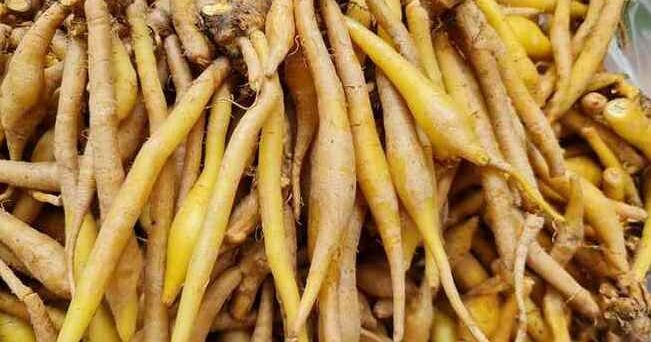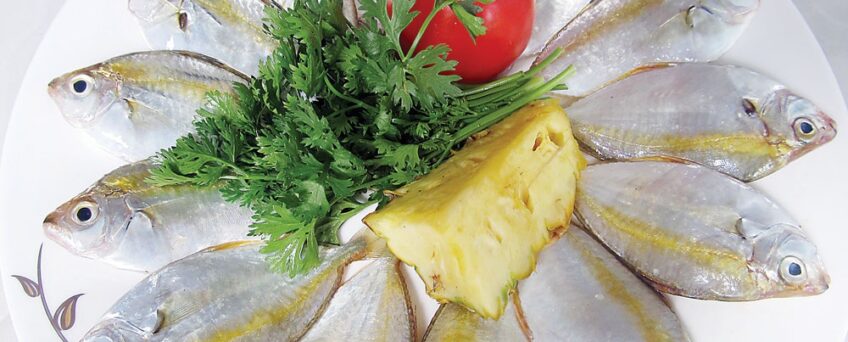Galangal shoots and stalks in Vietnamese cuisine
Galangal is the rhizome of Alpinia officinarum (and some relatives), a plant in the ginger family. It has a hot spicy taste and used as a spice in Vietnamese cuisine. Galangal is known as a spice that enhances the flavor of dishes and is also a valuable medicine, but few people know that galangal leaves,
Read More





